Quick Tip: Using the 2mm Twin Needle
Double your sewing pleasure with a twin needle! Many Brother machines have a 2mm twin needle (part code XE4963-001), included with the standard accessories. Each needle is a size 75/11. With two needles attached to one shank, you can use this needle for topstitching, and for select decorative stitches too!
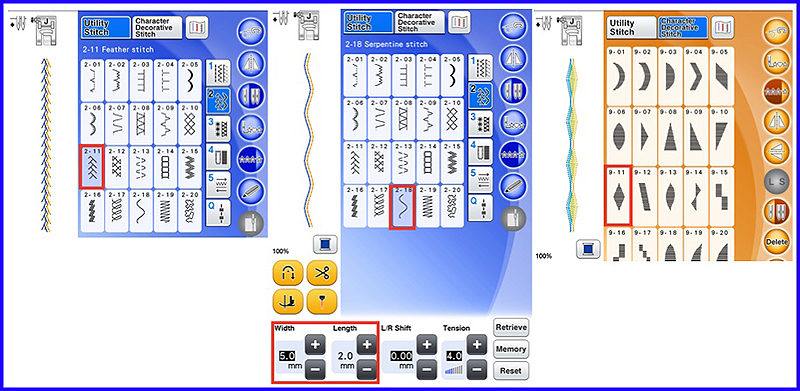 Take a look at the photos below, showing a straight stitch along with a sampling of decorative stitches sewn with the 2mm twin needle. See Figure #1, #2, and #3.
[caption id="attachment_18433" align="aligncenter" width="800"]
Take a look at the photos below, showing a straight stitch along with a sampling of decorative stitches sewn with the 2mm twin needle. See Figure #1, #2, and #3.
[caption id="attachment_18433" align="aligncenter" width="800"]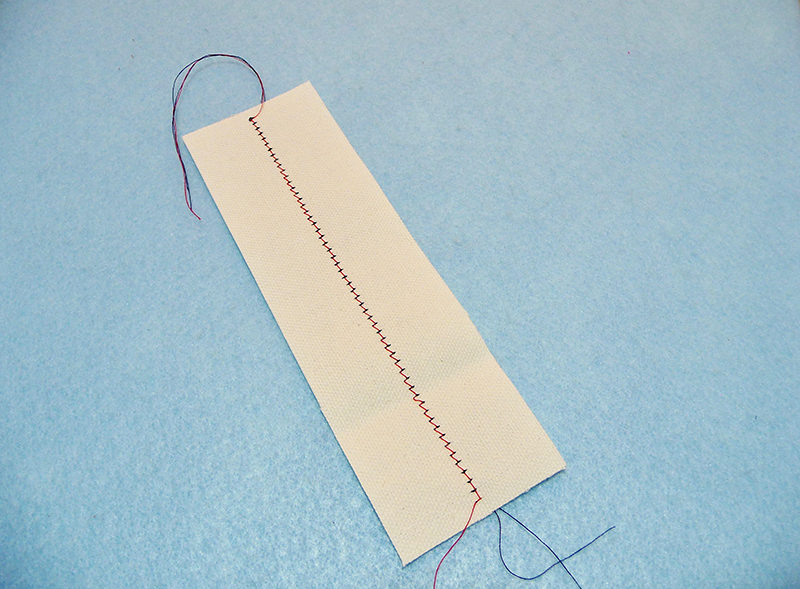 Figure #1[/caption]
[caption id="attachment_18435" align="aligncenter" width="800"]
Figure #1[/caption]
[caption id="attachment_18435" align="aligncenter" width="800"]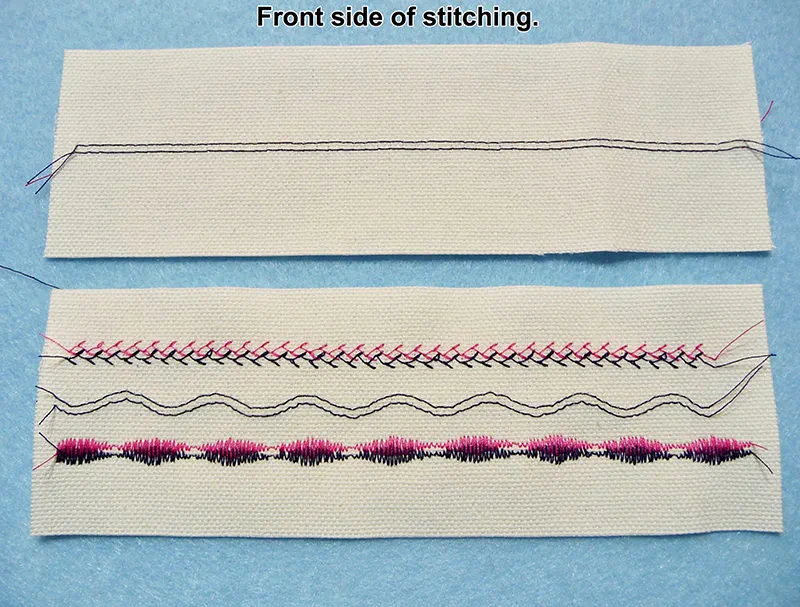 Figure #2[/caption]
[caption id="attachment_18436" align="aligncenter" width="800"]
Figure #2[/caption]
[caption id="attachment_18436" align="aligncenter" width="800"]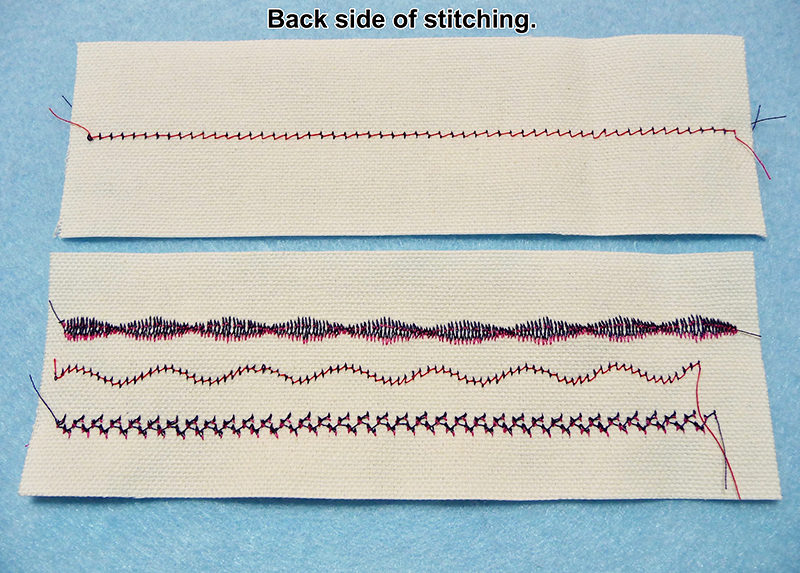 Figure #3[/caption]
Before you begin, study your manual for the specific threading method required for your machine. You’ll need a designated spot to hold the secondary spool of thread and it’s important to follow instructions that apply to your personal Brother machine.
Next, check to see if your machine has a button to press for twin needle mode. If you have this option, you’ll want to touch this icon before you select a stitch. Once this key is activated, your machine will protect you from using an unsuitable stitch, or from setting a stitch width that is too wide for use with the twin needle. Your machine will also recommend the proper presser foot. Remember that these settings are specifically for a 2mm twin needle. See Figure #1a.
[caption id="attachment_18437" align="aligncenter" width="608"]
Figure #3[/caption]
Before you begin, study your manual for the specific threading method required for your machine. You’ll need a designated spot to hold the secondary spool of thread and it’s important to follow instructions that apply to your personal Brother machine.
Next, check to see if your machine has a button to press for twin needle mode. If you have this option, you’ll want to touch this icon before you select a stitch. Once this key is activated, your machine will protect you from using an unsuitable stitch, or from setting a stitch width that is too wide for use with the twin needle. Your machine will also recommend the proper presser foot. Remember that these settings are specifically for a 2mm twin needle. See Figure #1a.
[caption id="attachment_18437" align="aligncenter" width="608"]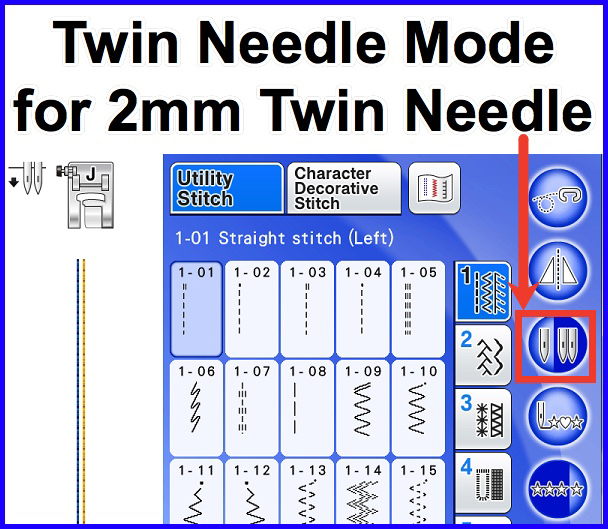 Figure #1a[/caption]
For machines without this option, or for twin needles with larger spacing, manually check the width by turning handwheel to make sure needle clears the throat plate on both right and left sides. If setting is not correct for the needle or stitch you have selected, you run the risk of needle breakage. When selecting a straight stitch without twin needle mode, always begin with the needle position set for center.
Figure #1a[/caption]
For machines without this option, or for twin needles with larger spacing, manually check the width by turning handwheel to make sure needle clears the throat plate on both right and left sides. If setting is not correct for the needle or stitch you have selected, you run the risk of needle breakage. When selecting a straight stitch without twin needle mode, always begin with the needle position set for center.

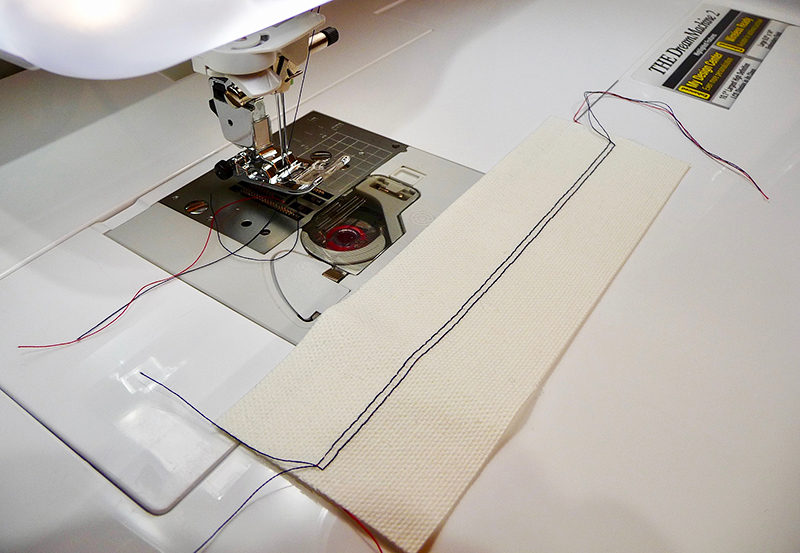 Here are a few more miscellaneous tips when sewing with the twin needle:
Here are a few more miscellaneous tips when sewing with the twin needle:
- Thread the machine using the same type of thread for both spools. Make sure thread is standard weight, strong, and of good quality.
- Automatic needle threaders won’t work with this needle. Needles must be threaded manually.
- Use a slow to medium sewing speed for best results.
- Notice that the bobbin thread “shares” the two needle threads and forms a slight zig zag across the fabric.
- In many cases, particularly when top-stitching, it’s best to use the standard “A” foot. For some decorative stitches the “N” foot is appropriate, or a similar accessory foot.


